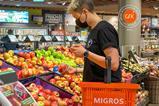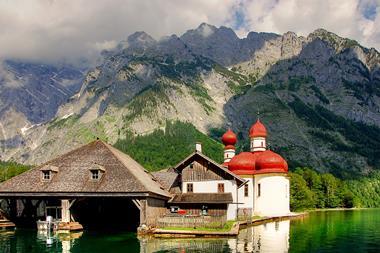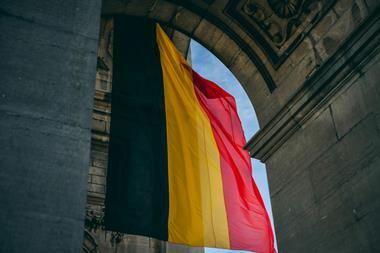Austrian Pensionskassen have returned 1.91% in the third quarter of this year, below the 3.8% recorded in Q2, as they faced a difficult financial market environment, geopolitical tensions, and high inflation, according to the Fachverband der Pensions- und Vorsorgekassen, the association representing the interests of pension and provident funds.
Andreas Zakostelsky, chair of the association, said the investments of Austrian pension funds showed stability and resilience so far this year, as the schemes broadly diversify their portfolios.
He said that 2023 continued to be a challenging year for institutional investors, with further stock market volatility and interest rate hikes impacting bond markets.
Pension funds recorded over the long-term an average return of 4.9%, paying a lifelong supplementary pension of on average €420 per month, for the more than one million existing members, the association said.
“Pension funds are constantly adjusting their portfolios to minimise risks and ensure long-term stability. They will continue to rely on their diversification strategies to achieve solid long-term results for their beneficiaries,” Zakostelsky said.
The pension fund (Pensionskasse) and the provident fund (Vorsorgekasse) of the VBV group have, for example, increased their allocations to fixed income, as a result of rising interest rates, aiming to also increase its exposure to private market investments.
Insurance group Allianz has increased the allocation to held-to-maturity bonds in the portfolio of its provident fund, and the allocation to passive equity investments in its pension fund portfolio.
APK has tactically increased its allocation to alternatives while reducing investment in equities.
Despite the negative economy and financial markets outlook, this year started surprisingly positive for equity and corporate bond markets, said Günther Schiendl, member of the executive board of VBV Pensionskasse, commenting on pension funds’ Q3 results.
He noted, however, a wide spread of gains by region on global stock markets so far this year, with the Japanese market developing well, followed by the US and Europe.
The latest digital edition of IPE’s magazine is now available
























